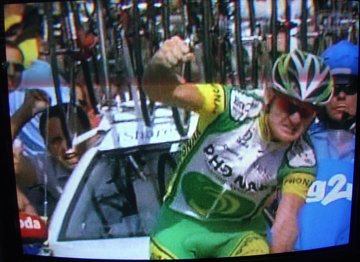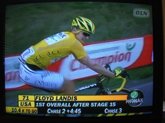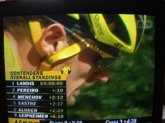Kate’s former boss, who has done very well over the years in the antiquarian book trade, is a long-time San Francisco Giants season-ticket holder. I think Peter first got his seats in the late ’70s, and he’s kept them ever since. When he bought them, the Giants were not a hot ticket. I remember going to games in the mid-80s where attendance was less than 2,000. The team was bad. Its stadium was worse, unless you liked sitting in an extremely well air-conditioned wind tunnel. Then the team got better and eventually managed to figure out how to build a new ballpark on the waterfront just south of downtown. Not just a ballpark: a gem, which I say despite a strong distaste for the home nine. At the same time, everyone who watches baseball knows about baseball salaries. As Ralph Kramden said in an entirely different context, with an entirely different intent, “to the moon.”
One of the perks of working for Peter was that he would occasionally give away game tickets. It’s a privilege that might appear at any time, with no notice. Sunday night, he called and asked whether we wanted his tickets for all three Mets games this week. Kate grew up in New Jersey, and the Mets were the first team of her heart (I think the A’s give them a run for their money now). I went over to the store to pick up the “boards,” as an informant tells me their sometimes called. Peter and I chatted a little about the Monday game, when Barry Zito, the highest-paid pitcher in baseball (I think) would be on the mound for the Giants.
“I think the price tag was a little high,” I ventured — “ventured” because Peter has both sound and strong opinions. “The team’s taking care of that,” Peter said, “Take a look at the price on the tickets. They’re seventy dollars. Last year they were forty.”
These are great seats. The italics are deserved: they’re 10 or 12 rows up, just to the first base side of home plate. You can hear the visiting players break wind in the on-deck circle, you’re so close.
But $70? I mean, really. Who’s the sport for when the cheapest seat in the house is running at twenty bucks a pop? (And the most expensive seats — you can bet they’re much, much more than seventy bucks.) Thank the sports gods for commercial television — though when you see the lengths professional sports will go to to milk the audience of every last penny, you have to wonder how long you’ll really get to watch games for free.

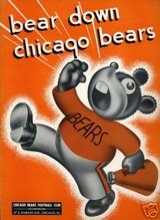
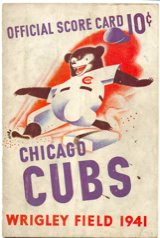
 Two questions, actually: What’s the origin of the Chicago Bears’ nickname, “The Monsters of the Midway,” and how did it come to be applied to the Bears?
Two questions, actually: What’s the origin of the Chicago Bears’ nickname, “The Monsters of the Midway,” and how did it come to be applied to the Bears?
